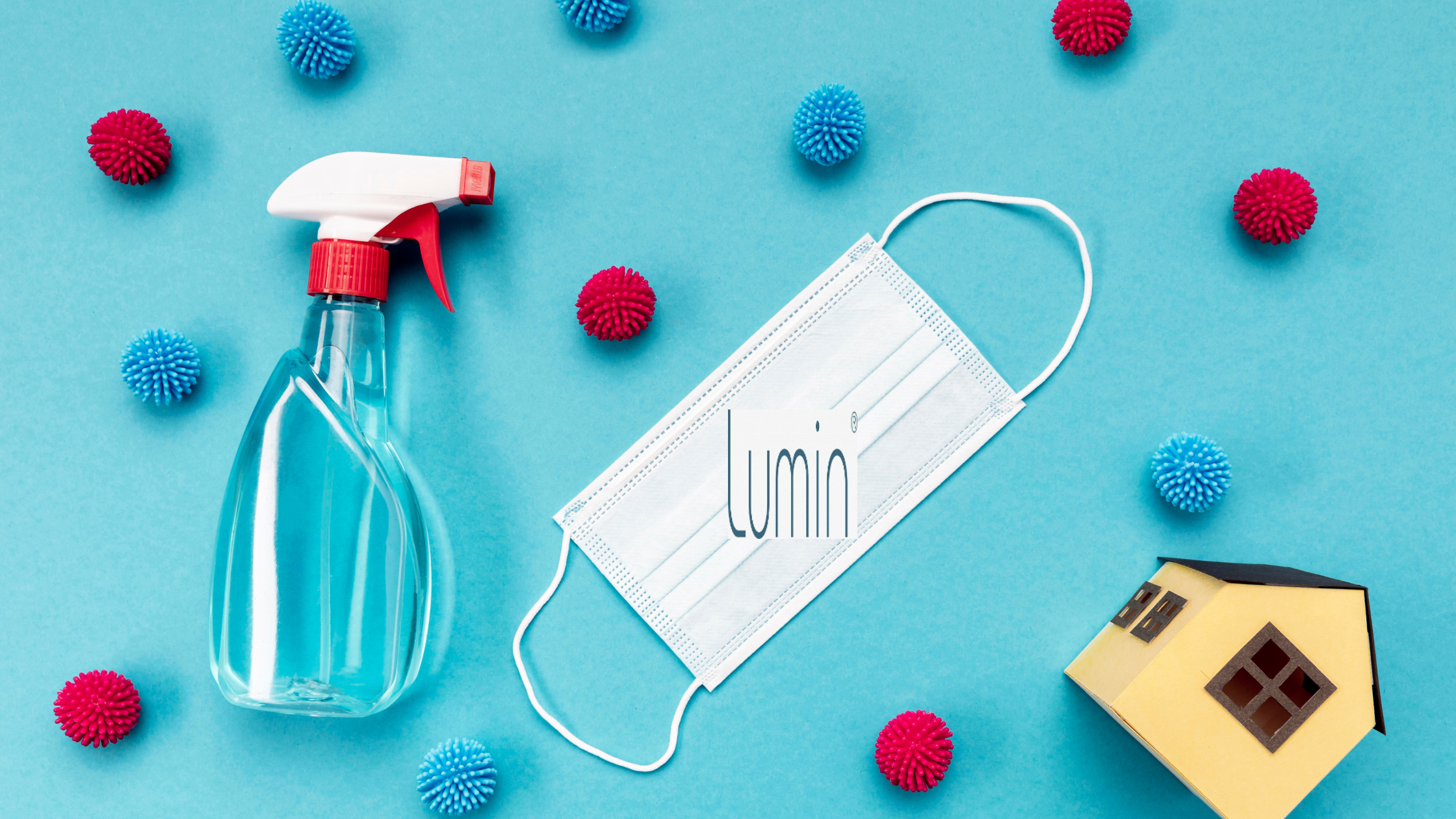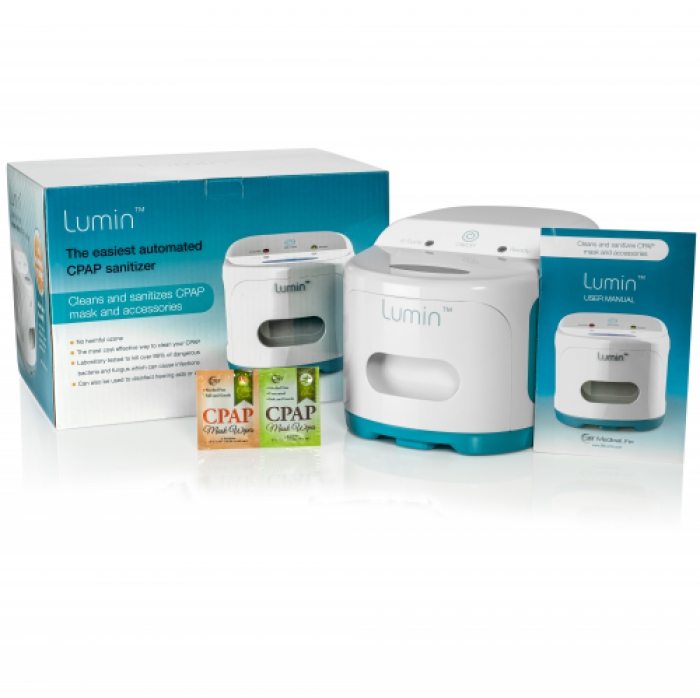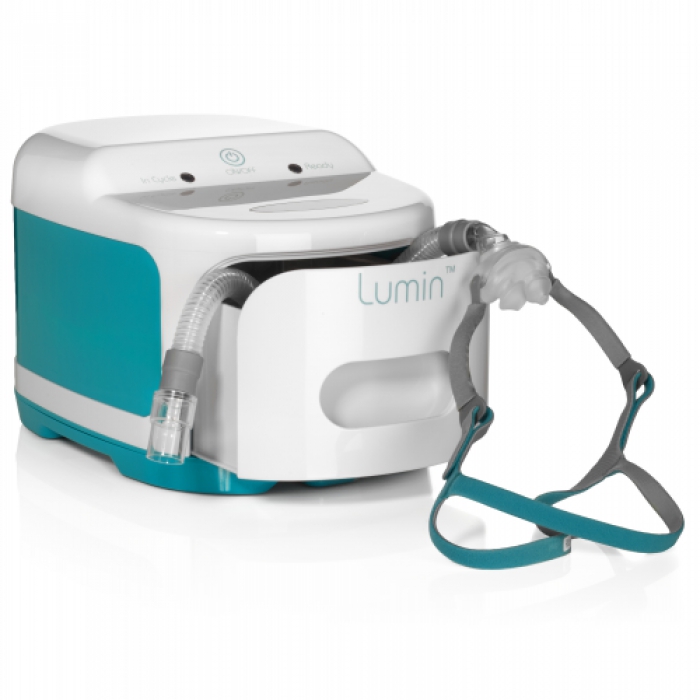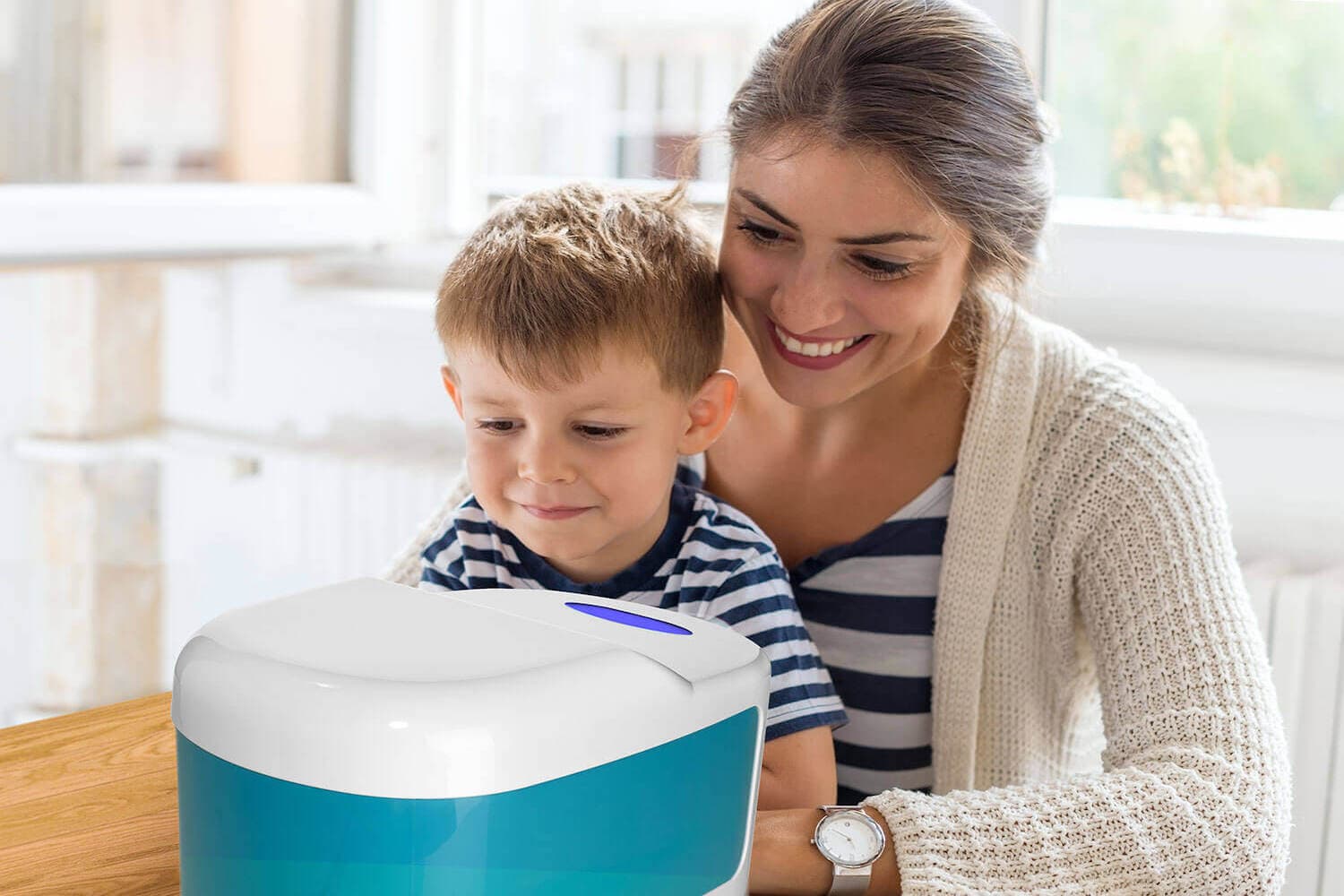After COVID-19 pandemic, people have become more aware of keeping their environment clean and germ-free. From disinfecting doorknobs and smartphones to cleaning CPAP machines, credit cards and kids’ toys, sanitisation is part of our routine now.
But while cleanliness is crucial, all cleaning techniques don’t work the same way. Some methods include harmful gases and harsh chemicals that can pose risk to our environment and health. So, how to sanitise the things in the safest way possible?
In this blog, we’ll break down the three common sanitising techniques – UV C light, chemical cleaners, and ozone gas. After reading, you can decide which one is suitable for your requirements. You’ll also learn about their benefits, associated risks, and practical use in the real world.
What Is UV C Light Sanitisation?
UV C light sanitisation involves a short-wave UV light of around 254 nm to eradicate germs by destroying their RNA or DNA. Generally, hospitals and water treatment plants utilise this technique due to its high level of effectiveness. Thanks to devices like the Lumin Sanitiser, which uses the same technology, people can easily keep their home or office use items germ-free.
What makes UV C stand out?
- Ease: No need for any rubbing, liquids, or drying.
- Speed: It works within just 5 minutes.
- No Residue: It leaves no residue behind – no gases or chemicals.
UV C sanitisation is a no-fuss, no-chemical technique offering a safe way to clean CPAP masks, baby bottles, toys, phones, or even toothbrushes in just a few minutes.
What Is Ozone Cleaning?
Ozone (O₃) is a strong gas often used in killing viruses and bacteria. Some people use it for at-home sanitisation of their devices, like CPAP machines, for disinfecting masks and hoses.
Although it is an effective method, ozone does have some major issues:
- Health risks: It poses health risks if you inhale it consistently. It can irritate your eyes, throat, and lungs.
- FDA Warnings: There is a strict warning issued by the U.S. Food and Drug Administration (FDA) against the use of ozone-based devices to clean CPAP devices. It is due to its risks for both the users and the device performance.
- Ventilation needed: Once you use ozone, you need to keep the item in open air for ventilation for hours.
While ozone is effective in killing germs, it is not suitable for everyday use, particularly around sensitive users or in closed spaces.
What Are Chemical Cleaners?
You can easily find chemical cleaners in the form of wipes, sprays, and disinfectants everywhere. They may contain bleach, alcohol, or quaternary ammonium compounds. While these chemicals are good for cleaning high-touch areas, like sinks, doorknobs, and countertops, they are not ideal for health-related devices, like CPAP machines.
It is because they:
- Leave residue: They leave chemical traces behind and may irritate your skin or lungs if inhaled.
- Not always eco-friendly: Plastic spray bottles and disposable wipes are not environmentally friendly.
- Not suitable for all items: These are not suitable for cleaning devices, like medical gear, electronics, and kids’ toys. It is because the residue may damage or contaminate surfaces after regular use.
Quick Comparison: Which One is Best?
| Feature | UV C Light | Ozone Cleaner | Chemical Cleaners |
| Kills germs fast | ✅ Yes | ✅ Yes | ✅ Yes |
| Safe for people to use | ✅ Very safe | ❌ Can be harmful | ⚠️ Sometimes harsh |
| Good for electronics | ✅ Yes | ⚠️ Maybe | ❌ Often not |
| Time needed | ✅ 5 minutes | ❌ 30+ minutes | ✅ Fast (but messy) |
| Leaves chemical residue | ✅ No | ❌ Yes | ❌ Yes |
| Needs extra steps | ✅ No | ⚠️ Yes (air out) | ⚠️ Yes (wipe down) |
What Works Best for Different Items?
Let’s find out what works best for distinct items:
Use UV C for:
Keys, phones, hearing aids, glasses, CPAP masks, pacifiers, retainers, toys, and other small items at home or the office.
Note: According to studies, UV C light at 254nm is one of the best ways to eradicate germs with no-chemical disinfection.
Use Ozone with Caution:
It’s recommended to use it in well-ventilated areas, but don’t use it regularly. Never use it around pets, kids, or people with breathing problems.
Use Chemical Cleaners for:
Larger surfaces, like bathroom tiles, toilets, and kitchen counters. But avoid using them to disinfect items that touch your skin directly, like your phone, hearing aids, glasses, etc.
Health & Environmental Safety
When looking for the right ways to sanitise your things, it’s vital to consider safety, as well as its impact on your health and the environment. After all, your cleaning method affects more than your items.
UV C Light – It is an eco-friendly technique and requires no sprays. Plus, it doesn’t harm air or water in any way.
Ozone – It pollutes indoor air and is quite harmful for the lungs if inhaled and used improperly.
Chemical cleaners – They may cause water pollution or air pollution (if you use a spray) and generate packaging waste, too.
For environmentally-conscious people, UV C is indeed the best way to sanitise at home or office. It’s safe, clean, and sustainable!
Final Thoughts: Why UV C Is the Best Choice for Everyday Cleaning
While all three methods – UV C, chemical cleaners, and ozone gas – are good at fighting germs, UV C is a clean winner and highly user-friendly. Whether you want to clean your CPAP mask, phone, electronics, or baby items, UV C provides hospital-grade disinfection without any health risks. Using devices, like the Lumin Multipurpose Sanitiser, it’s easier to set a safe and regular cleaning routine at home/office.
FAQs:
Q1: Is UV C safe to use at home?
A: Yes! It is a safe technology to use for disinfection. But don’t expose your eyes or skin directly to UV light.
Q: Is ozone harmful?
A: Yes. Ozone inhalation can damage your airways and lungs. It’s best not to use it daily or indoors. Prefer well-ventilated areas for using ozone for disinfecting items.
Q: Can UV-C damage plastics or electronics?
A: No. It is quite safe to use UV C light on most everyday materials, like rubber, plastics, or electronics.
Q: What’s the best way to clean CPAP gear?
A: UV C is the best way to clean your CPAP gear – masks & hoses – to disinfect the items within just 5 minutes.




